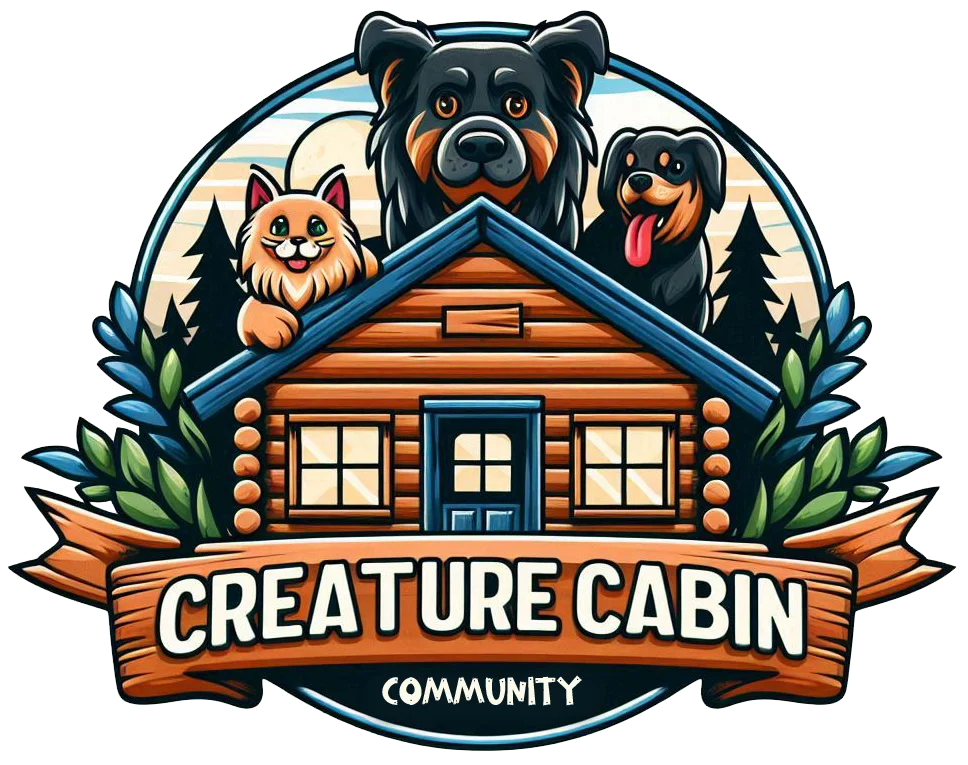Separation anxiety is one of the more common behavioral issues you may have to deal with when raising a dog.
It affects approximately four to six dogs and is a serious condition that causes ongoing distress when the owner is away. They chew off furniture, claw at the floor, and continuously bark when you aren’t at home.
The good news is that there are ways to help your dog cope better. This post explores eight ways to help alleviate separation anxiety in dogs.
Mental exercise is just as important as physical exercise for treating separation anxiety in dogs. Consider investing in cognitive games, puzzle toys, and training sessions. They will leave your dog exhausted and ready for a rest.
In addition, a tired dog who’s had brisk playtime and exercise before you leave will be more likely to relax when the house is empty.
You must not punish or yell at your dog if you come home to a mess. Rather than let the dog see your annoyance, let them outside and then clean as they play in the yard.
Telling your dog off will only cause it to lower its head, pin its ears backward, and put its tail between its legs. The dog won’t associate your irritation with their earlier behavior. As a result, the anxiety will worsen the next time you leave the house.
You can start the desensitization process by leaving your pup for short periods. Then, gradually lengthen the amount of time you’re out of the house.
Try combining this with high-value treats. Your dog might look forward to your departure if you give him a special treat every time before leaving the house.
You can also desensitize your dog by making your departure less distressing on them. For instance, try tossing a tasty treat before grabbing your coat.
If going out in the evening, pick up the keys, then make dinner rather than going straight to the car. Your dog will learn not to panic when you are about to leave with time.
However, we must caution against using this tactic with dogs suffering from severe separation anxiety. The dog might take the food as a cue that something bad is about to happen, especially if you toss them a treat before leaving. They’ll panic when the food is consumed and realize you still haven’t returned home.
At first, leave the room for short periods and play it cool when you return. Eventually, the dog should be able to remain calm even when you’re out of sight.
When you get home from work, keep things calm and avoid making a fuss. Even when he’s done some damage, getting worked up will only worry your pup unnecessarily.
If that’s the case, a sitting service may prove useful for treating separation anxiety in dogs. This is particularly helpful if you’re not home for more than four hours a day.
You can rest assured that someone will keep your dog company, so they aren’t alone when you use a sitting service. They even take your dog for walks to dispel the excess energy. Additionally, the sitter will help your furry friend ease any stress they may feel during your absence.
You can also hide treats around the house so the dog can hunt for them – like a treasure hunt. Last but not least, soothing nature sounds can prove a comforting item to help your dog relax and sleep.
Event-specific medications are used when a trigger is going to occur. You can use them alongside desensitization training to reduce anxiety and allow positive experiences in your absence. Be sure to consult your vet before using any anti-anxiety medication to treat separation anxiety in dogs.
It affects approximately four to six dogs and is a serious condition that causes ongoing distress when the owner is away. They chew off furniture, claw at the floor, and continuously bark when you aren’t at home.
The good news is that there are ways to help your dog cope better. This post explores eight ways to help alleviate separation anxiety in dogs.
Signs of Separation Anxiety in Dogs
Different dogs may exhibit different signs of separation anxiety. Some of the common ones include:- Anxious pacing, whining, or trembling as you prepare to leave the house and after you’re gone
- Destructive behavior like digging or chewing around windows and doors
- Desperate and continued attempts to escape confinement, which could result in serious injury
- Excessive barking and howling
- Excessive drooling, salivating, and panting
How to Treat Separation Anxiety in Dogs
Treatment for separation anxiety is necessary because it helps your dog become calmer and happier. There are several effective ways to manage separation anxiety in dogs.Exercise Your Dog Before Leaving the House
Many dogs, particularly ones suffering from separation anxiety, can benefit from regular exercise. Start your day by taking your furry friend for a walk to exercise their body. If you have a large, high-energy dog, consider using a dog backpack with extra weight to make the walk more challenging.Mental exercise is just as important as physical exercise for treating separation anxiety in dogs. Consider investing in cognitive games, puzzle toys, and training sessions. They will leave your dog exhausted and ready for a rest.
In addition, a tired dog who’s had brisk playtime and exercise before you leave will be more likely to relax when the house is empty.
Avoid Punishing Your Dog
Separation anxiety in dogs often manifests in destructive behavior, such as clawing on upholstery. What you do when you come home can either exacerbate or calm your dog's behavior.You must not punish or yell at your dog if you come home to a mess. Rather than let the dog see your annoyance, let them outside and then clean as they play in the yard.
Telling your dog off will only cause it to lower its head, pin its ears backward, and put its tail between its legs. The dog won’t associate your irritation with their earlier behavior. As a result, the anxiety will worsen the next time you leave the house.
Desensitization and Counter-Training
An important aspect of raising a mentally healthy dog is teaching them to form positive associations with every experience. This helps them feel comfortable in the world, even when you’re not around.You can start the desensitization process by leaving your pup for short periods. Then, gradually lengthen the amount of time you’re out of the house.
Try combining this with high-value treats. Your dog might look forward to your departure if you give him a special treat every time before leaving the house.
You can also desensitize your dog by making your departure less distressing on them. For instance, try tossing a tasty treat before grabbing your coat.
If going out in the evening, pick up the keys, then make dinner rather than going straight to the car. Your dog will learn not to panic when you are about to leave with time.
Leave Your Dog with Interactive Toys
If you are gone for more than six hours, interactive toys can prove helpful. A toy stuffed with food or treats will keep your pup busy when you’re gone.However, we must caution against using this tactic with dogs suffering from severe separation anxiety. The dog might take the food as a cue that something bad is about to happen, especially if you toss them a treat before leaving. They’ll panic when the food is consumed and realize you still haven’t returned home.
Don’t Encourage Clingy Behavior
Clinginess can exacerbate the symptoms of separation anxiety in pets. However, encouraging a sense of independence has the opposite effect. You can start by leaving your dog in another room, even when you’re at home.At first, leave the room for short periods and play it cool when you return. Eventually, the dog should be able to remain calm even when you’re out of sight.
When you get home from work, keep things calm and avoid making a fuss. Even when he’s done some damage, getting worked up will only worry your pup unnecessarily.
Use a Sitter
Dogs suffering from severe separation anxiety may start feeling anxious mere minutes after you leave the house.If that’s the case, a sitting service may prove useful for treating separation anxiety in dogs. This is particularly helpful if you’re not home for more than four hours a day.
You can rest assured that someone will keep your dog company, so they aren’t alone when you use a sitting service. They even take your dog for walks to dispel the excess energy. Additionally, the sitter will help your furry friend ease any stress they may feel during your absence.
Comfort Items May Help
Things with your scent, such as dirty laundry, can comfort your dog until you get back home. However, you must also eliminate stress factors like collars, crates, chains, and chokers.You can also hide treats around the house so the dog can hunt for them – like a treasure hunt. Last but not least, soothing nature sounds can prove a comforting item to help your dog relax and sleep.
Prescription Medication
Medication can help ease the symptoms of separation anxiety when your dog harms itself or other animals due to anxiety. Anxiolytic drugs reduce anxiety and are often used long-term. It takes four to six weeks to take effect. Additionally, using this medication requires annual medication.Event-specific medications are used when a trigger is going to occur. You can use them alongside desensitization training to reduce anxiety and allow positive experiences in your absence. Be sure to consult your vet before using any anti-anxiety medication to treat separation anxiety in dogs.

